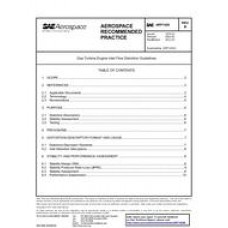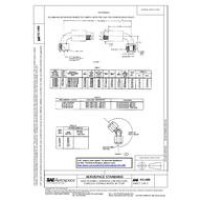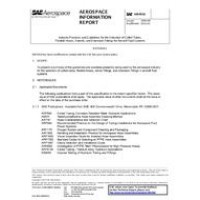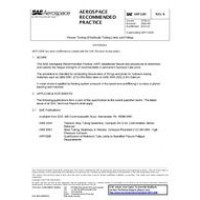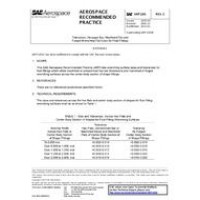The turbine-engine inlet flow distortion methodology addressed in this document applies only to the effects of inlet total-pressure distortion. Practices employed to quantify these effects are developing and therefore, periodic updates are anticipated. The effects of other forms of distortion on flow stability and performance and of any distortion on aeroelastic stability are not addressed.The guidelines can be used as necessary to create a development method to minimize the risk of inlet/engine compatibility problems. The degree to which guidelines for descriptor use, assessment techniques, and testing outlined in this document are applied to a specific program should be consistent with the expected severity of the compatibility problem.This Aerospace Recommended Practice (ARP) provides guidelines by which gas turbine engine aerodynamic stability and performance, as affected by the quality of the airflow delivered to the engine, can be evaluated consistently. The following subjects are addressed: distortion descriptors: distortion descriptors are presented that permit the representation and evaluation of inlet total-pressure distortion effects on propulsion system stability and performance. Stability assessment: guidelines are presented for developing an evaluation method that relates the distortion descriptor levels to engine stability in a form suitable for use in computer simulations. Testing: guidelines are provided for testing, instrumentation, data acquisition, and data processing.
 PDF
PDF
All of our standards document are available in PDF (Portable Document Format), an electronic, downloadable format.You will be able to download the file in your account downloads.
 Multi-User Access
Multi-User Access
After purchasing, you have the ability to assign each license to a specific user.
 Printable
Printable
At any time, you are permitted to make printed copies for your and your members' reference use.
 PDF
PDF
 Multi-User Access
Multi-User Access
 Printable
Printable

